Factory Street Fire Station No. 2, 1873 – 1988
Some interesting discrepancies arose while researching the Factory Street Fire Station, known as Engine House No. 2. In retrospective pieces by the Watertown Daily Times written upon its permanent closure in 1988, it was noted “the brick firehouse was built shortly after the land was donated in 1858 to the city by Mr. and Mrs. Jason Fairbanks.” According to the Daily Times 1906 full page piece detailing the city’s then three engine houses, it was erected in 1873 and was owned by exempt firemen. When in doubt when dealing with history, it’s best to defer to the version closer to the time-frame being researched.
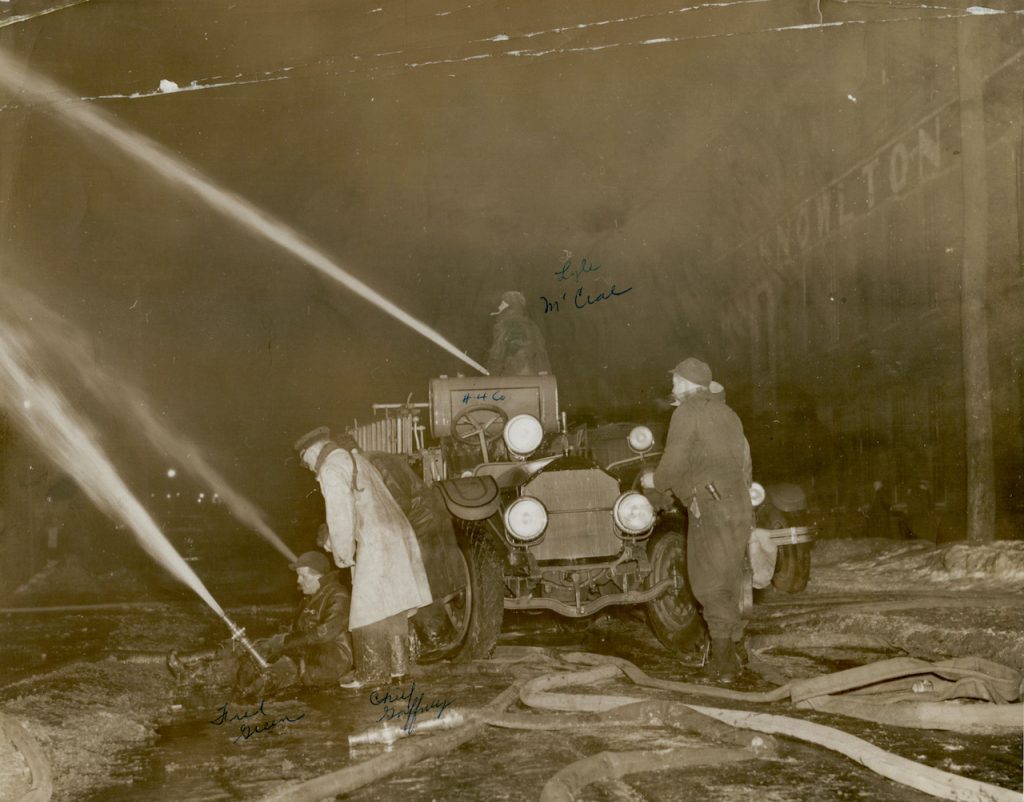
With that said, it was originally built for the volunteer firemen, but as stated, was property of the Exempt Firemen and rented by the city at $500/year. As described in the Watertown Daily Times on December 29, 1906 article–
The building is 37 by 42 feet, and the drip from the eaves on the sides and at the rear falls on the boundary of the lot belonging to the firemen. It is located on the left of the street as you go to Factory Square. It should be on the opposite side as under present conditions, with long freight trains being hauled through the thoroughfare the firemen run chances of being caught in a cup de sac should a train be blocked, as frequently happens. The house is two stories high, with an attic and an ill-smelling hole underneath, about five feet high, that passes for seller.
Like No. 1 Engine House (Stone Street, Curtis Street being the third, and only one on the North Side) No. 2 is not large enough for present needs. It was intended for volunteers; not for standing department and while it has answered its original purpose most satisfactorily, it is hardly adequate for today. It might house a hose and steamer company, although it has no sanitary conveniences as at present required, and the absence of land makes it necessary to keep manure in the cellar, with a consequent perfuming of the whole house.

That’s an interesting prognosis for the Factory Street Fire Station in 1906, considering it was kept in use until 1988 when it was replaced with the modern State Street station on the corner of Arlington. It should also be noted there was no ventilation provided in the building, other than opening a window which definitely gives new meaning to the phrase “fresh air.”
Nevertheless, the station in 1906 was home to eight men, five horses and three pieces of equipment aside (not including the chief’s wagon shown in one of the gallery photos.) One of the pieces of equipment was the R. P. Flower steamer, named after Roswell P. Flower who had began his career in public service as a voluntary fireman in this city.

The First Fire Engine In Northern New York
In 1911, the common council approved the acquisition for the first auto fire apparatus in Northern New York. The automobile was a big step forward in modernizing the fire protection capabilities of the fire department – as well as alleviating some of the ongoing problems with cohabitating with the previous modes of transportation. The Watertown Daily Times reported on January 30, 1912–
The contract for the triple combination hose, chemical and pump automobile fire truck, authorized by the common council last fall, was signed Monday afternoon at a special meeting of the board of safety.The board signed for the city and J. A. Webber represented the American-La France Fire Engine Co., of Elmira, makers of the two newest steam fire engines now in the department.
The auto combination rig, the first piece of motor fire apparatus to be brought to this section, will replace the combination wagon and the old Sibley fire engine at No. 2 station in Factory Street, succeeding two rigs and four horses at that house.With its coming it is estimated that, aside from doing away with the services of four horses, three men will be released from that company for distribution at other stations, giving the firemen the stated rest days for which they have long been asking for.
The new engine arrived in the middle of May, but not put into service for another month or so giving the firemen an opportunity to learn how to operate it. Once that was accomplished, a public demonstration of the new equipment was given. When finally put into service, the public was warned to keep out of the way when they “heard the gong ring!”

The vehicle in 1912 was a six-cylinder, with 100 horsepower and capable of reaching up to 70 mph. In terms of capacity, it could deliver 700 gallons of water a minute which was in line with the Sibley rotary engine that it was replacing. A 35 gallon chemical tank was located behind the driver’s seat with 200 feet of chemical hose located at the rear of the tank in a basket. 1,000 feet of 2.5 inch water hose, two ladders (20-foot combination and 12-foot roof later), two three-gallon hand extinguishers, four lanterns, crowbar, axe, pike pole and full equipment rounded out the truck’s gear.
A number of improvements would be made over the years due to both the size of the facility and the modernization of equipment. The floors would need to be lowered 13 inches and the street raised for the heavy apparatuses and engines to be able to back into the front of the building which was described as being built to house no more than a hand hose cart.

When a new steamer was purchased, the firemen had no place to put the spare hose until the then neighboring Babcock Buggy Company allowed for the Factory Street Fire Station to build a small shed on its property for storage. Of course, in later years Abe Cooper would have his scrap-yard located there.
By the mid 1980’s, the Factory Street Fire Station’s days were numbered. With approval to build a new, modern facility on State Street, the question was: what would become of the station? By 1988, when the facility was shut down, the city had already shed the Curtis Street Fire Station, built in 1869 when Watertown was incorporated as a city, from its record books selling it to Patrick J. Soluri of P. J. Contracting for $19,000 after it had recently closed. The Lillian Street Station, which closed in 1981, would finally go to Neighbors of Watertown in 1986 for $1.00 and be converted into low-income housing.

One of the ideas that had floated around for the better part of decade was converting one of the old fire stations into a firemen’s museum. In their March 9, 1988 article discussing possibilities, the Watertown Daily Times interviewed city historian Juania F. Stanton who first pitched the idea of a fire museum back in 1980–
“That a perfect station because of its location, building and what it has in it,” said City Historian Junia F. Stanton, who wants it for a city fire museum. “But I won’t live long enough to see it. Everthing’s an uphill fight.”
Mrs. Stanton, although pessimistic about hopes for a museum, said the push can be successful with public support. “And now the firemen are behind me,” she said.
Watertown actually needs two museums, she said, one a “special fire museum” and the other a “city-wide museum.”
Other interested parties at the time included The Greater Watertown Chamber of Commerce who was outgrowing their rented space at the YMCA Building. Neighbors of Watertown wasn’t ready to rule the building as an option out of the question, either, noting they’re always looking for housing options though they were still working on turning the Lillian Street fire station into low income housing. The city also had the Washington Street fire station to contend with in the near future as they were planning to adjust the city’s needs and requirements based on a a recent study.

Over the course of the next few years, the city would investigate what it may cost to renovate the Factory Street fire station into a museum. The city council was informed it would cost $700,000; rather than spend an amount of that figure, equivalent to nearly half the proposed costs for the new Massey Street fire station, they opted to see if the proposal for the new building could be expanded to include space for a museum.
By early 1993, the fate of the Factory Street fire station was still undecided. The former Arsenal Street station had been sold just a few months prior, but efforts to use the Factory Street location for anything other than storing Christmas decorations had lead nowhere within a month the decision was made to put it on the auction block.
In November of 1993, the building would be sold to Patrick J. Monaghan of Theresa for $24,000. Monaghan planned to use the building as the headquarters of his All-Star Cab company. The business would remain there until its closing on February 28, 2000. The Monaghans had operated a bottle redemption location there on conjunction with the cab company and would continue to do so.
In 2005, the location was home to Corky’s Cans For Cash but the property was for sale once again in 2007. In recent years, spanning over the last decade, the former Factory Street fire station has been home to Griff’s Redemption Center.



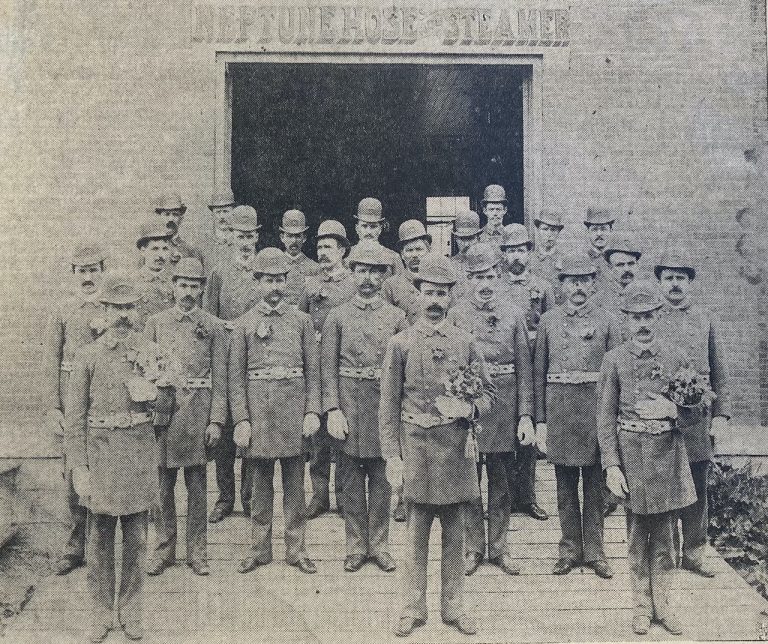

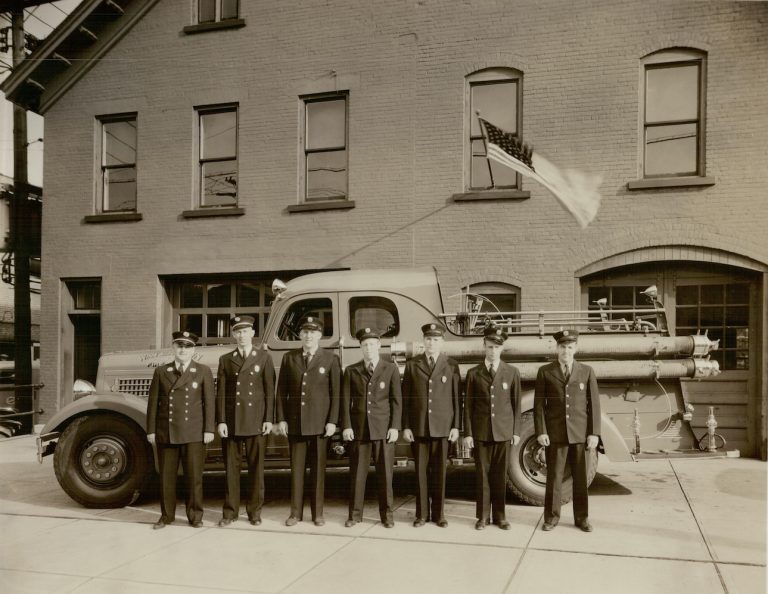




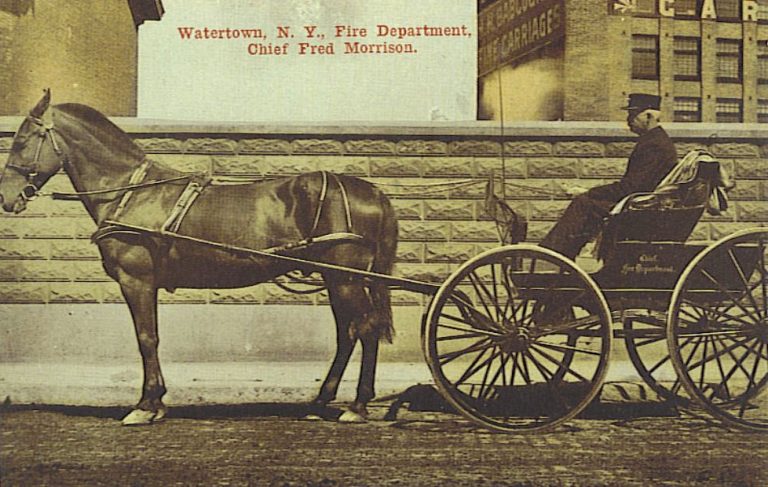




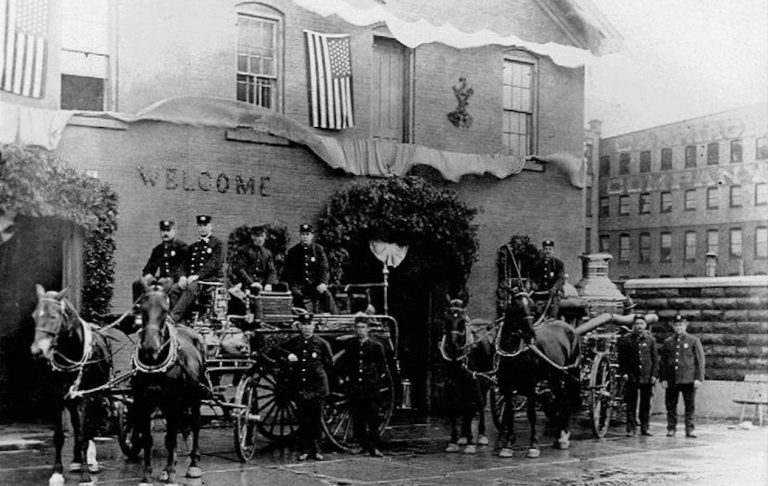





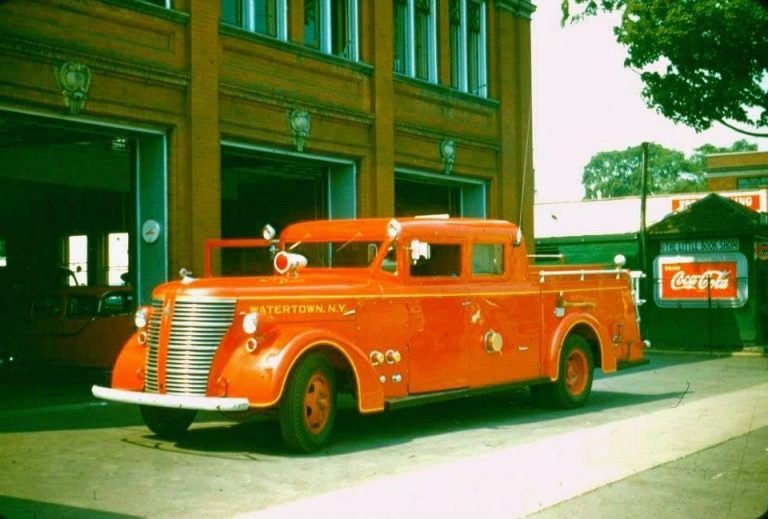


1 Reviews on “Factory Street Fire Station No. 2 Engine House”
Yes! Finally someone wrіtes about drippy.
Very interesting story, thank you for posting it!
I certainly remember all those old stations when they were in service and a fire department museum is a great idea.
One nagging question, are 3 fire stations enough for Watertown?
Watertown’s Bravest do a fine job with what they have to work with, seems they are under fire from the City Council rather than being able to work with them as a team. I guess that’s politics.
It’s a good question, but I ultimately think it depends on how much crossover support they may get from the Town of Watertown Fire Departments (and others, as well.) If you do a search on Google Maps for fire stations near Watertown, N.Y., the very outskirts of Watertown, say within a mile or so, have stations located just outer Arsenal Street, Coffeen Street, Mill Street (North Pole) and Washington Street. I would imagine those departments would be available depending on the need for additional resources.